Guide To The Common Types Of Cysts
Cysts are pockets of tissue filled with substances such as air, fluid, and pus. They can occur in nearly any part of the body or underneath the skin. Many different kinds of cysts exist. The majority of cysts are benign, though some can be cancerous. Cancerous cysts need immediate treatment. Dermatologists are often the doctors who diagnose cysts and help determine the appropriate treatment for patients. For those dealing with cysts, it is essential to find a reliable treatment that works.
There are many available cyst treatments. Corticosteroid injections for cysts are quite common. Some patients will use topical ointments or antibiotics for cystic acne and other cysts. Of course, certain types will need cyst drainage with a needle or cyst removal surgery. Patients must know what type of cyst they have to receive the best possible treatment for their cyst.
Sebaceous Cyst
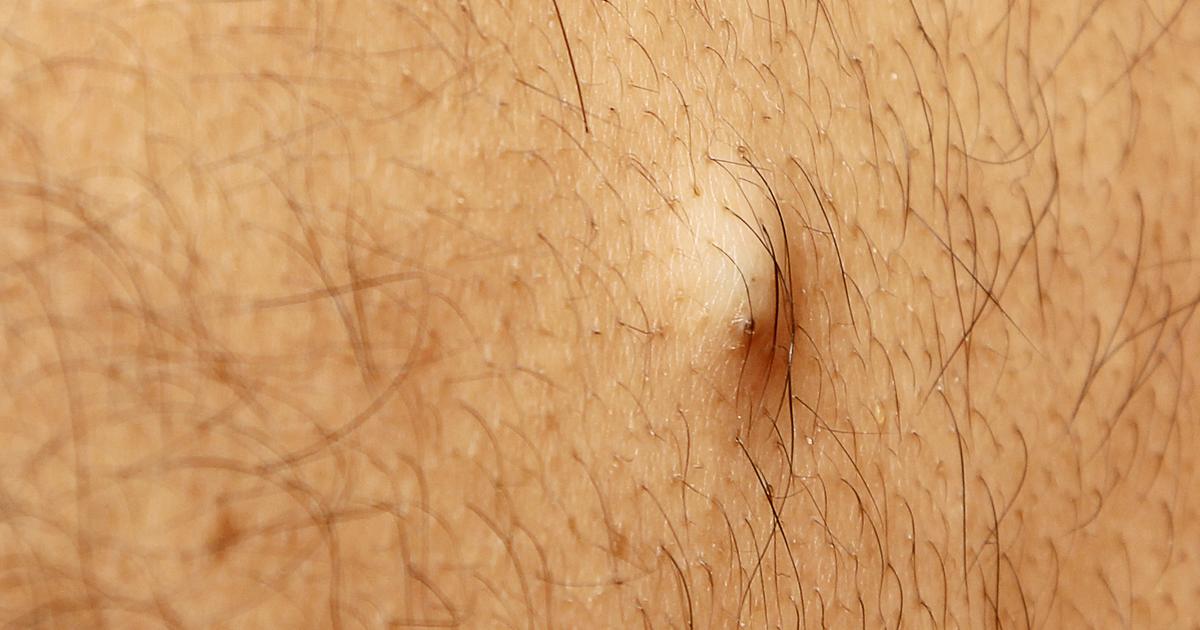
A sebaceous cyst is a common type of benign cyst found on the skin. Most sebaceous cysts are located on the chest, neck, or face. They are not life-threatening, and they tend to have slow growth cycles. If sebaceous cysts continue to grow unchecked, they may lead to discomfort. Sebaceous cysts form from the sebaceous gland, which is the gland that produces the oils in the skin and hair. If the gland or duct through which the gland releases oil becomes blocked or damaged, a cyst can develop.
The most common cause of a blocked or damaged gland is an injury. Some traumas can be so small that individuals barely notice them, like a scratch. Others may be chronic skin conditions, such as acne. Surgical wounds may also cause trauma to the sebaceous gland that leads to a cyst. Some individuals may not notice the growth of the cyst until weeks or months after the injury occurs. Other common causes of sebaceous cysts include a deformed or misshapen duct. Some individuals may develop them due to genetic conditions.
Keep reading for more information on the different types of cysts now.
Cystic Acne
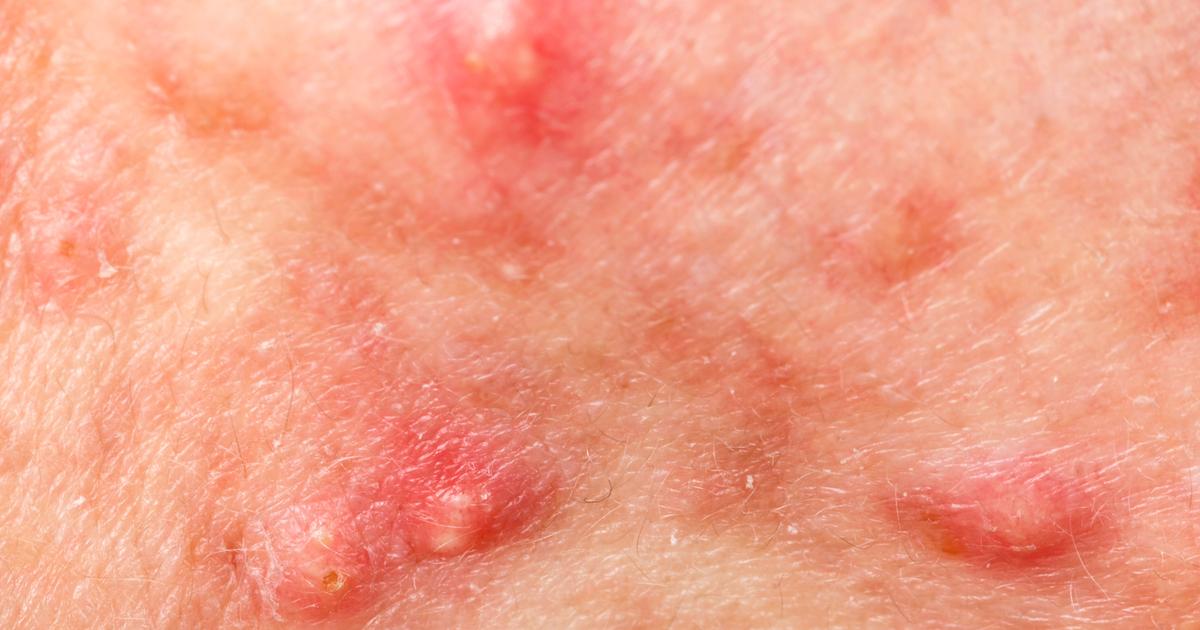
Cystic acne is a severe form of acne that requires intense medical treatment to get better. This type of acne occurs when the pores are blocked, which causes inflammation and infection. Most individuals with cystic acne have breakouts on the face. However, it is also possible for cysts to form on the upper chest and arms. About eighty percent of individuals between eleven and thirty years old will experience some form of acne.
However, cystic acne is the most severe type of acne, and it is much rarer. While older individuals can have cystic acne, most who experience it are adolescents going through puberty. This is because of the significant hormonal changes that occur in the body during this time. Cystic acne is not related to greasy foods, chocolate, or poor hygiene. Many cystic acne breakouts are painful to the touch. Some patients may also experience emotional distress because of how it affects their appearance.
Uncover more details on the most common types of cysts now.
Ingrown Hair Cyst
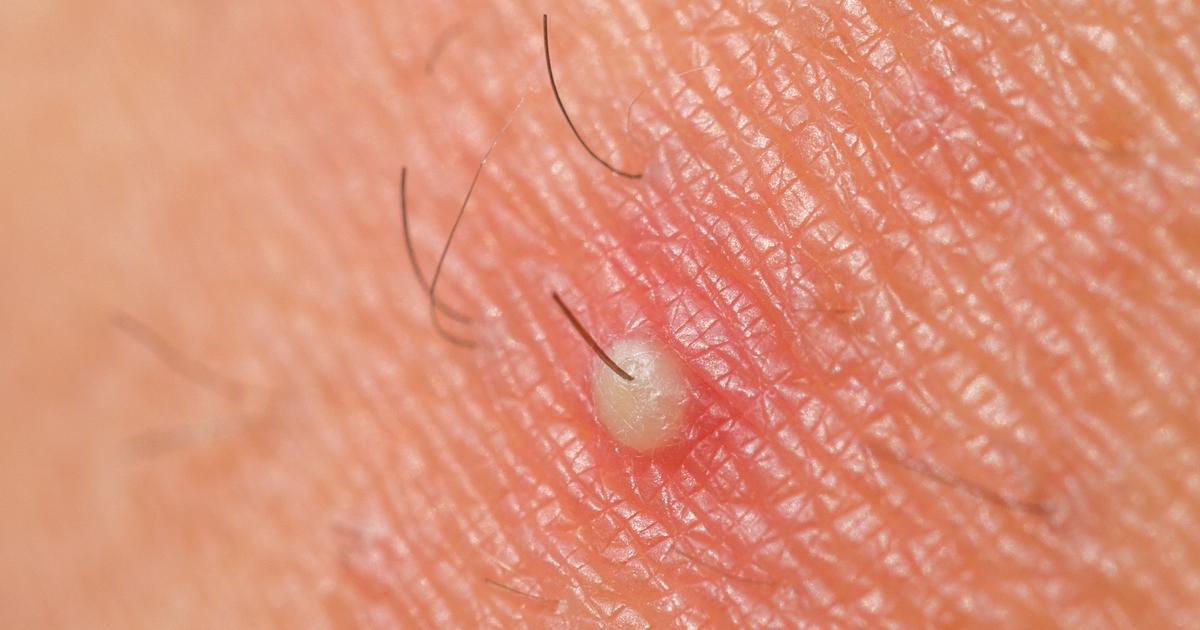
Ingrown hair cysts tend to be large bumps extending beneath the surface of the skin. Some ingrown hair cysts will not reach the skin's surface, though many of them lead to severe skin problems. When ingrown hair cysts appear on top of the skin, they tend to look like an acne cyst crossed with a normal ingrown hair. The most common cause of ingrown hair cysts is hair removal. Individuals who wax, shave, or otherwise remove their hair are at a higher risk of developing an ingrown hair cyst.
Some individuals want to remove the cysts due to their appearance and their potential to mar the skin. However, it is crucial to monitor the cyst for signs of infection. Before the cyst forms, individuals may discover a bump similar to a pimple with a hair on its surface. As the cyst forms, the small bump becomes much larger. This cyst might be yellow, white, or red. Some individuals might experience pain or tenderness when touching it.
Discover additional common types of cysts now.
Epidermoid Cyst
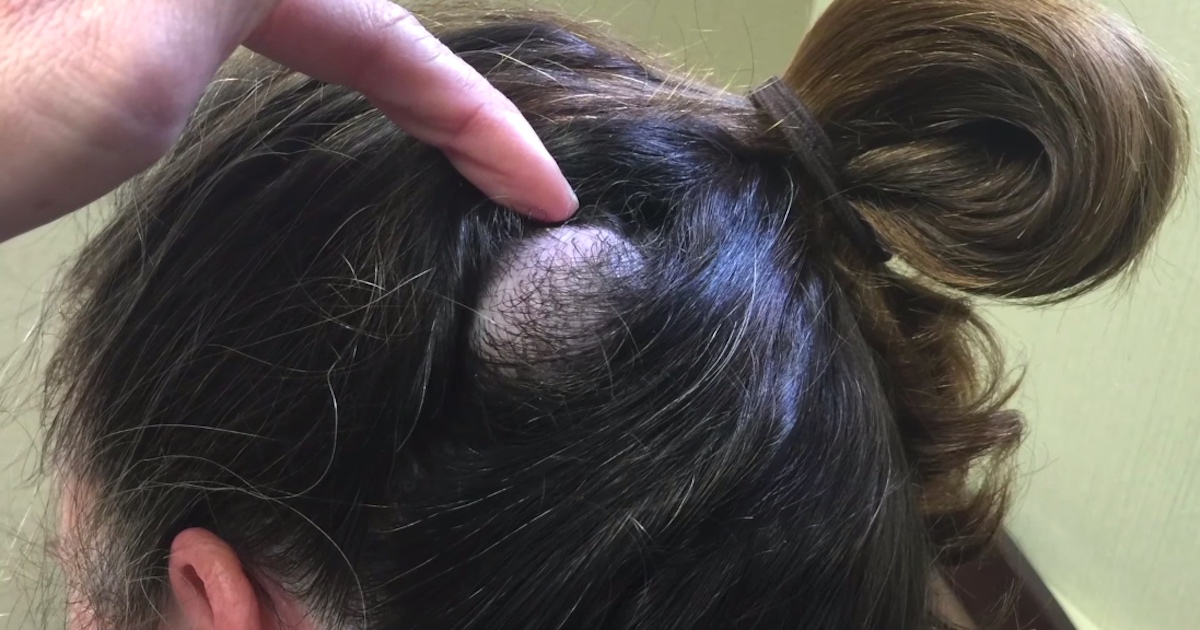
An epidermoid cyst, one of the most common and slowest growing types, is a small and hard lump that develops under the skin. This type of cyst will not cause symptoms, and almost none are cancerous. The most common places for an epidermoid cyst to form are the head, back, neck, genitals, and face. These cysts have a size range that is typically anywhere from a quarter-inch at the smallest to two inches in diameter at the largest. The appearance tends to be a small bump, the color is generally yellow or tan, and the fluid inside is smelly and thick.
One important note is that an epidermoid cyst does not cause pain. Thus, if individuals experience pain when touching the cyst, it is not an epidermoid cyst. Keratin buildups in the skin most often cause these cysts. Keratin is a naturally occurring protein, but it can become trapped below the skin if a hair follicle or skin cell is damaged. Excessive sun exposure, human papillomavirus infection, acne, and skin injuries are all common causes of this damage.
Read more about the various types of cysts now.
Baker's Cyst
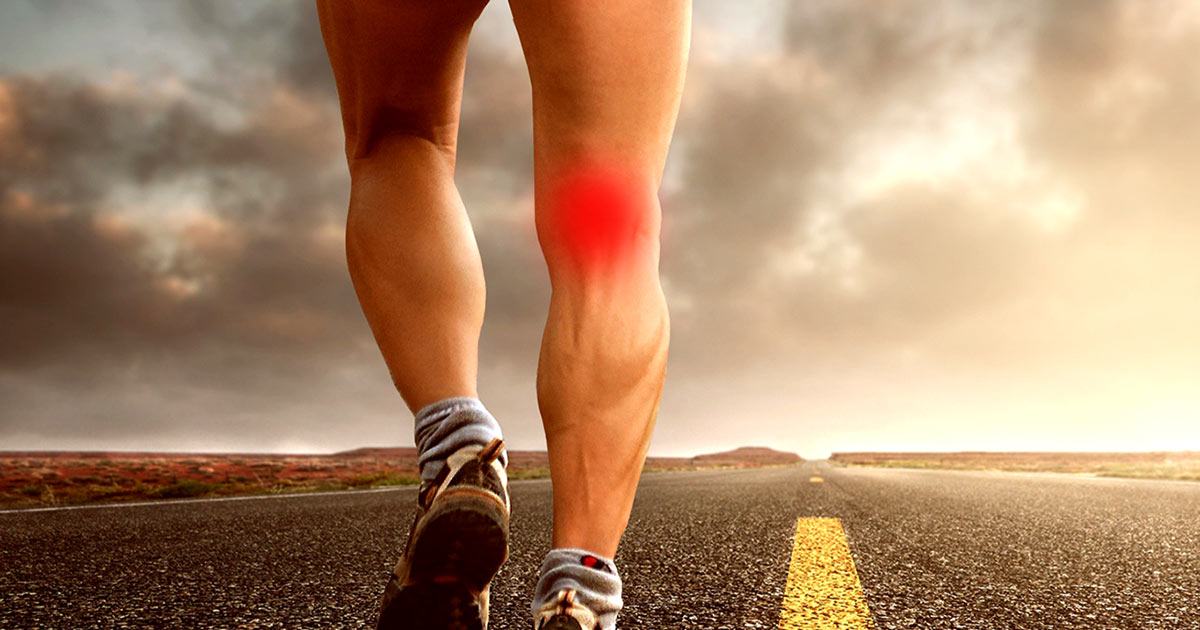
A Baker's cyst occurs when the popliteal space, the space behind the knee, becomes swollen. It is also called a popliteal cyst. This type of cyst can lead to knee pain and stiffness. Individuals with a Baker's cyst tend to experience worsening pain if they fully extend or flex the affected knee or move their knee joint around a lot. The name for this type of cyst comes from Dr. William Morrant Baker, the surgeon who first described this type of cyst.
Women over forty years old are the most likely group to develop a Baker's cyst. Some of the symptoms include pain in the calves and knees plus locking of the joints. This type of cyst often resolves without needing medical treatment. It occurs when swelling and inflammation affects the knee joint, usually because of arthritis or gout.
Learn more about different types of cysts now.
Ganglion Cyst
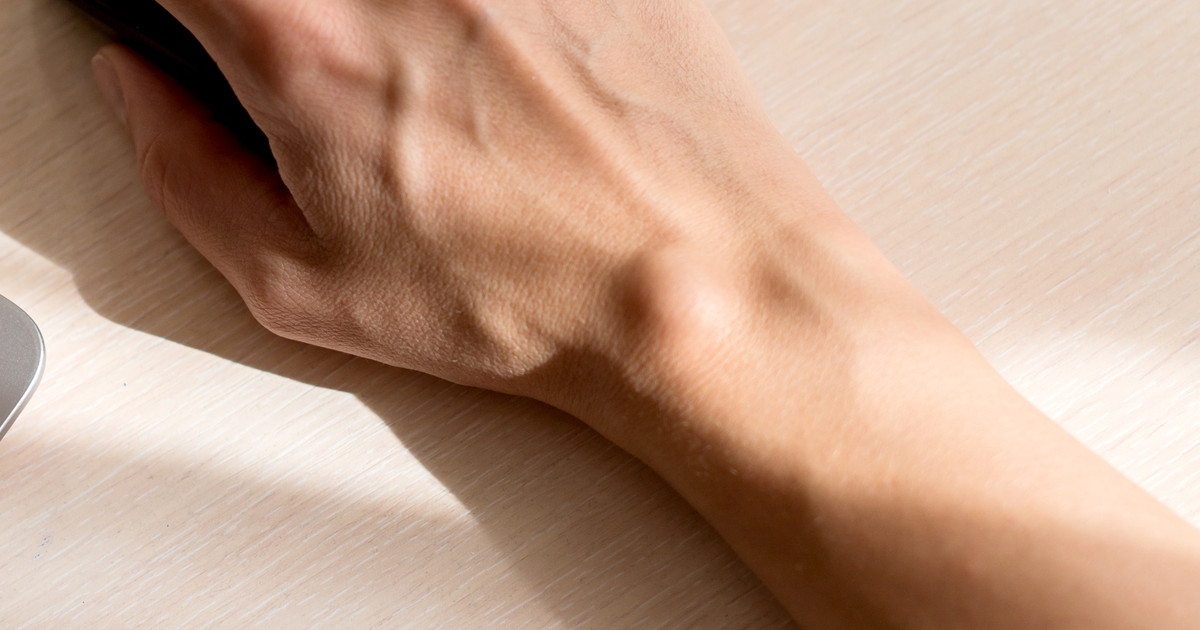
Ganglion cysts are another type of benign cyst. They occur most often around the joints of an individual’s wrists or elsewhere by their hands. However, they can also develop around the joints and tendons of the feet and ankles. Individuals should expect small ganglion cysts to be the approximate size of a pea. However, larger ones can reach up to one inch in diameter. They are often in the shape of an oval or are round. Most ganglion cysts are filled with fluid that resembles jelly. Thankfully, most of these cysts are not painful, though they can be if they press on a nerve. In most cases, ganglion cysts will disappear without treatment. However, if they cause issues, doctors may recommend surgical removal or cyst drainage.
Reveal more details about the various types of cysts now.
Ovarian Cyst
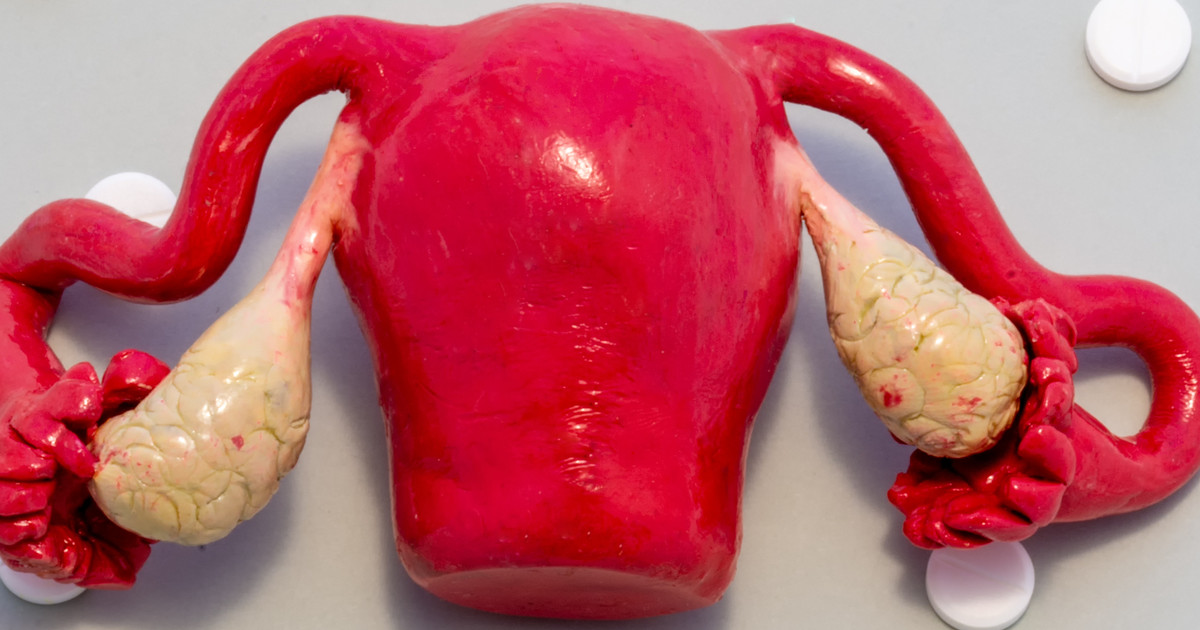
As the name indicates, ovarian cysts develop on a woman’s ovaries. These cysts are either pockets or fluid-filled sacs. Most women experience ovarian cysts. Thankfully, these cysts are often harmless and go away on their own. The majority of ovarian cysts are functional cysts. These often develop due to the woman’s menstrual cycle. Follicular cysts help release estrogen and the egg. In rare cases, ovarian cysts will cause problems such as bloating and pelvic pain. Large ovarian cysts are at a high risk of rupturing, which can cause significant pain and bleeding. Women with ovarian cysts that cause pain or other problems should talk to their doctor for treatment.
Continue reading to learn about more cysts now.
Chalazia
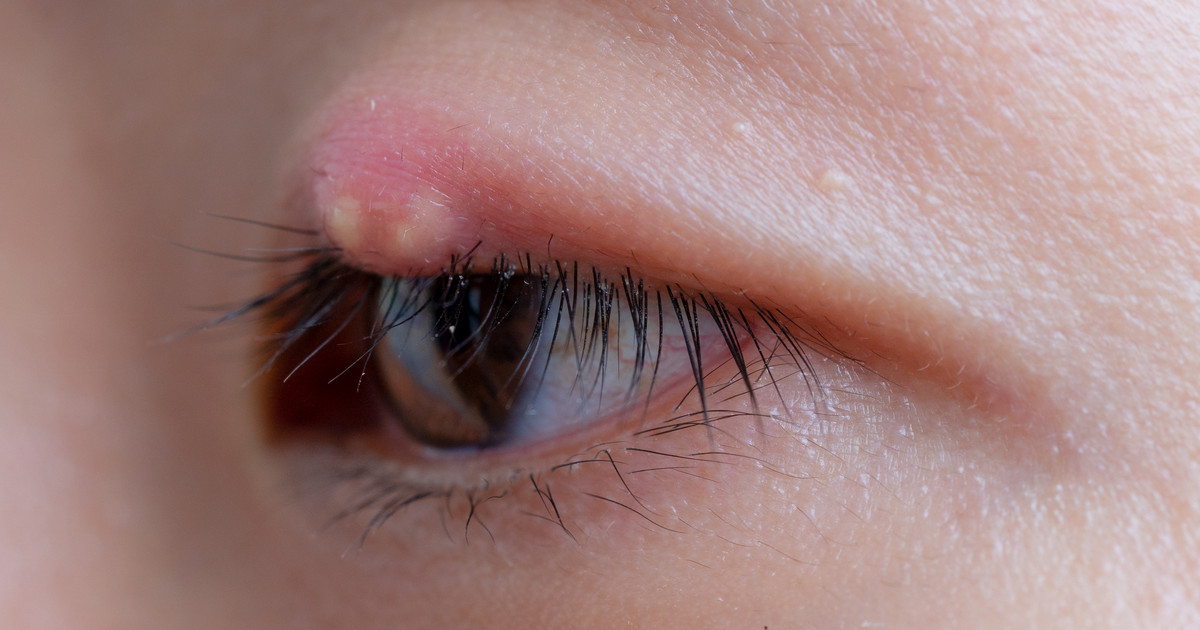
Chalazia are cysts that form on the eyelid. When individuals only have one, it is called a chalazion. For the most part, chalazia do not cause any pain. Individuals develop them due to a blocked oil gland. Anyone can develop this type of cyst. However, they are more common in individuals with inflammatory conditions, such as acne, rosacea, and seborrhea. If an individual’s chalazion becomes infected, they can expect symptoms such as redness, swelling, and some pain. They may also deal with eye irritation and watery eyes. Home treatment is often successful and includes using a warm compress on the affected area and massage. Some doctors will recommend eyelid creams or eye drops to help.
Discover additional types of cysts now.
Pilar Cyst
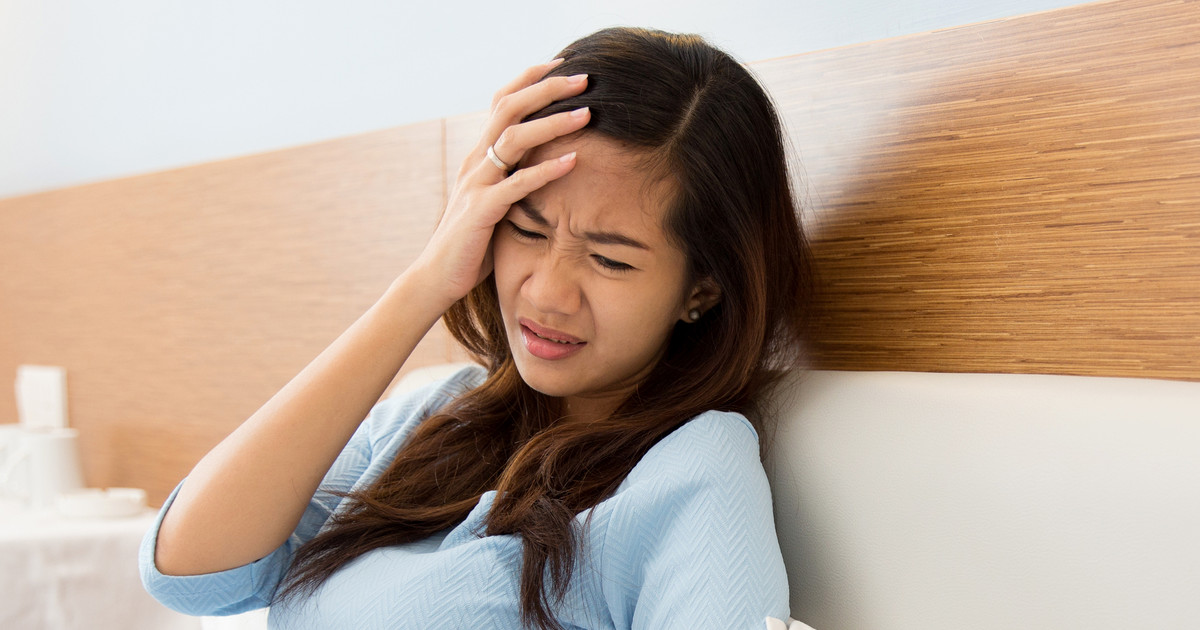
Pilar cysts are another type of benign cyst. Approximately ninety percent of pilar cysts develop on the scalp. However, they can form anywhere on an individual’s body. Pilar cysts are typically in the shape of a dome. They can range in size quite a bit, from the size of a quarter to the size of a small ball. Most of these cysts are smooth, firm, and match the color of an individual’s skin. They should not cause individuals any pain, though they can if they rupture. Other symptoms of a ruptured pilar cyst include a rash and oozing pus.
This type of cyst is the result of keratin building in the skin. There appears to be a hereditary component, since individuals have a fifty percent higher risk of developing them if their parents had one. In addition, women experience pilar cysts more than men. These cysts can heal on their own, though a warm washcloth can help. Doctors will often prescribe antibiotics if a pilar cyst becomes infected. Finally, doctors can surgically remove the cyst or perform cyst drainage when necessary.
Reveal more types of cysts now.
Mucous Cyst
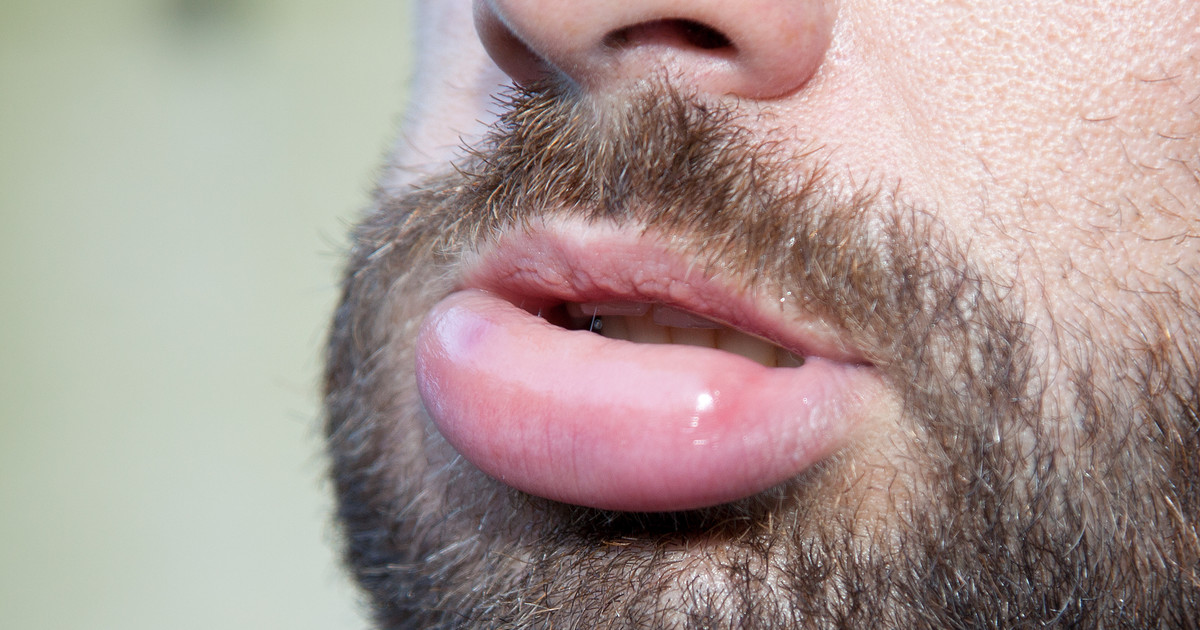
A mucous cyst forms in the mouth, typically on the lower lip, and is filled with fluid. Most mucous cysts do not cause individuals any pain and are only temporary. They develop when mucus plugs an individual’s salivary glands. Trauma to the mouth often increases the risk of these cysts forming. This trauma includes lip and cheek biting, piercings, and damage from teeth. Poor dental hygiene increases an individual’s risk of experiencing mucous cysts as well. When these cysts are near the surface, patients can expect them to be a bluish color, swelling, and be less than one centimeter in diameter. Deeper mucous cysts are quite tender, round, and are often whitish in color. Some of these cysts heal on their own, though treatment options are out there. Common methods include cryotherapy, corticosteroid injection, and laser therapy.
